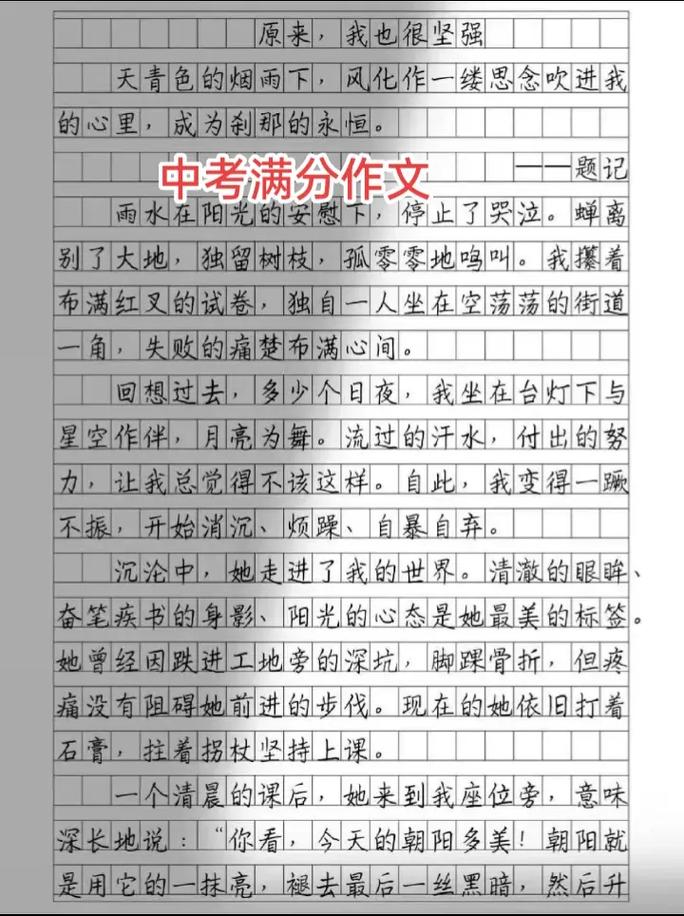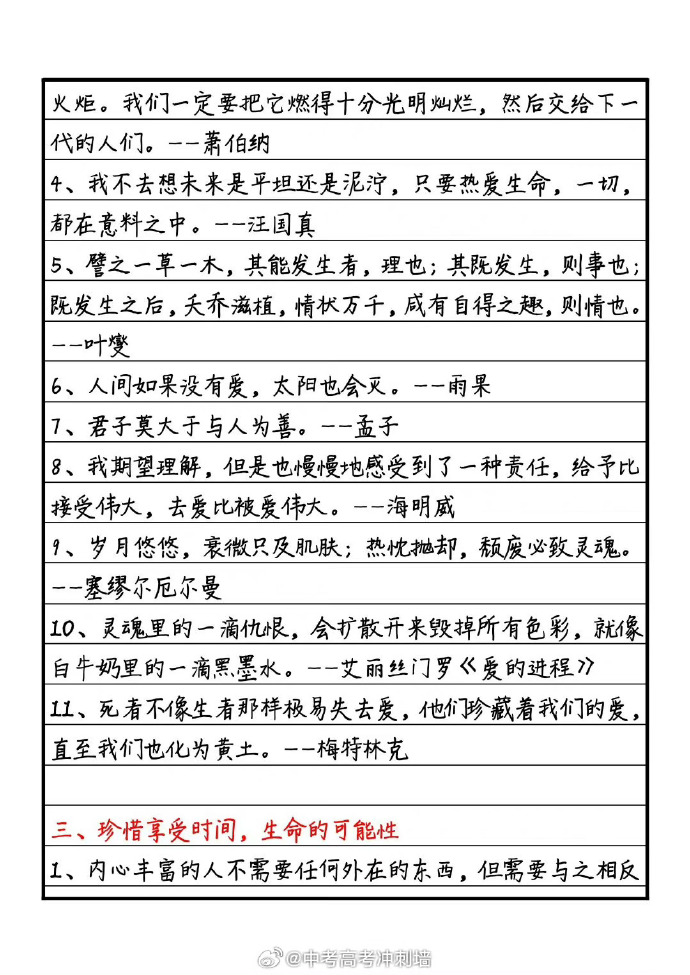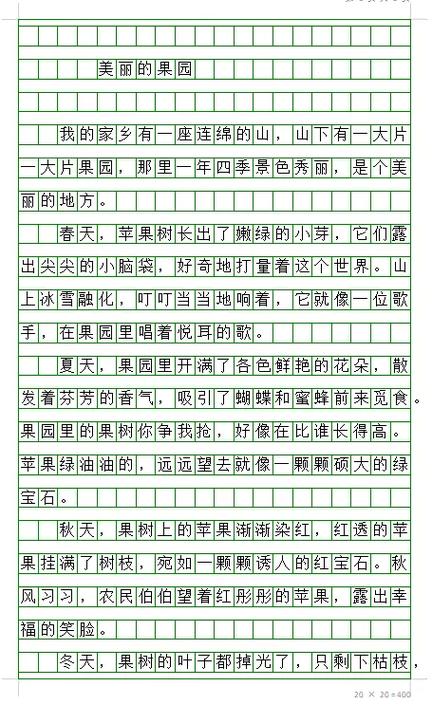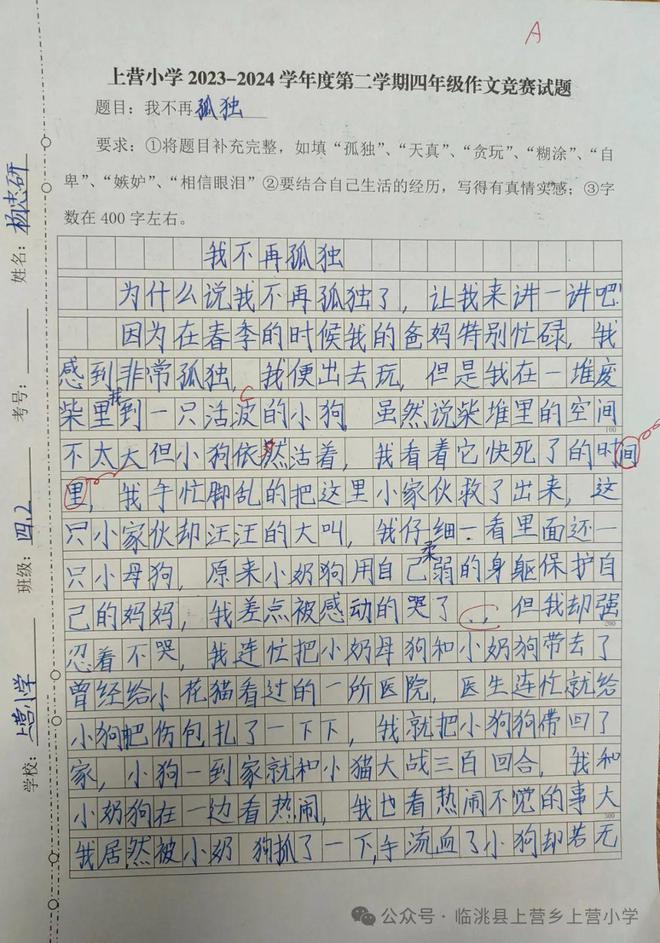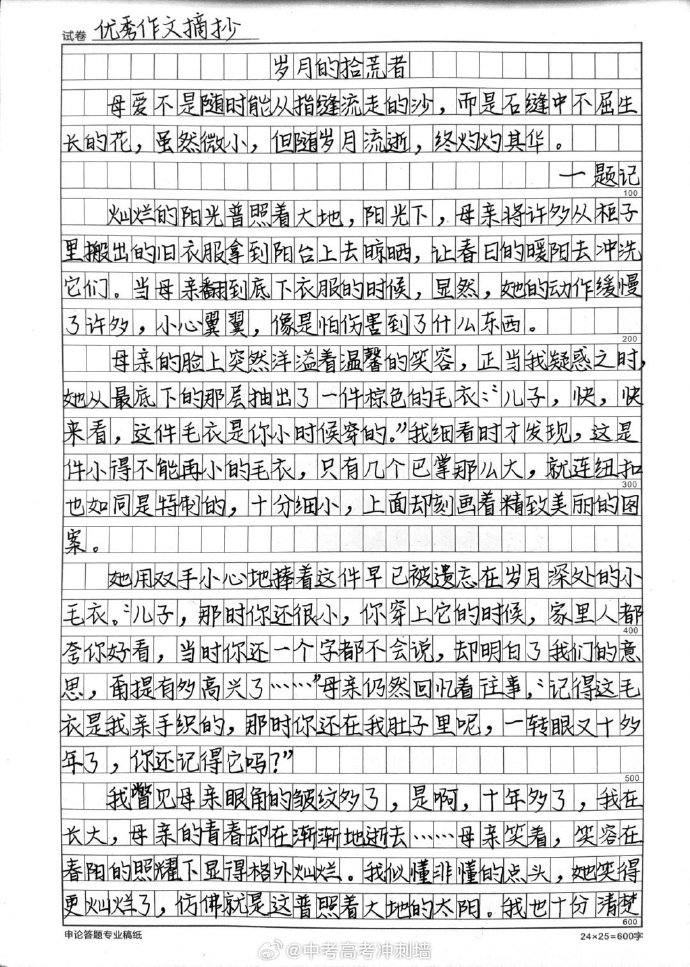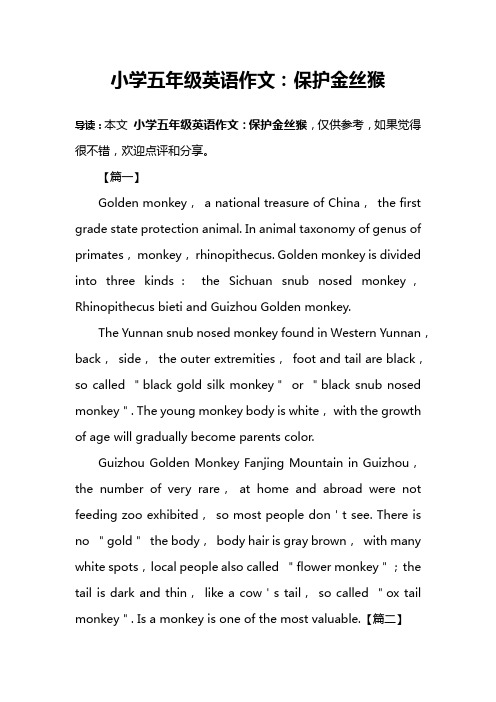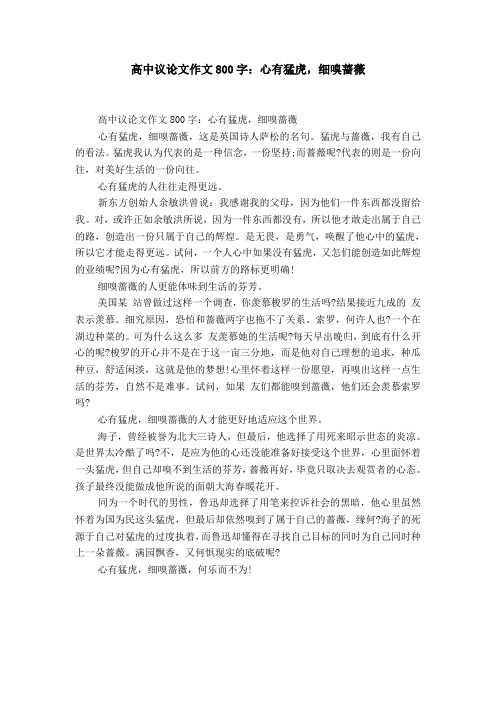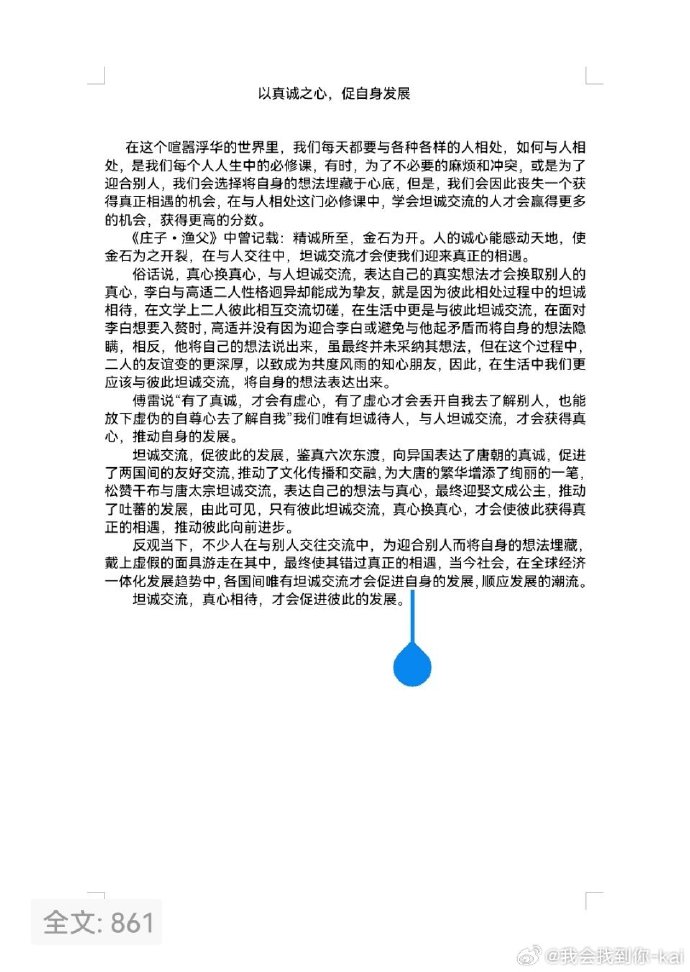Air pollution has become one of the most pressing environmental issues in recent years, drawing global attention. It poses a significant threat to human health, ecosystems, and the overall quality of life. In this essay, I will first outline the major points regarding air pollution, then elaborate on them in detail, and finally summarize the key takeaways.
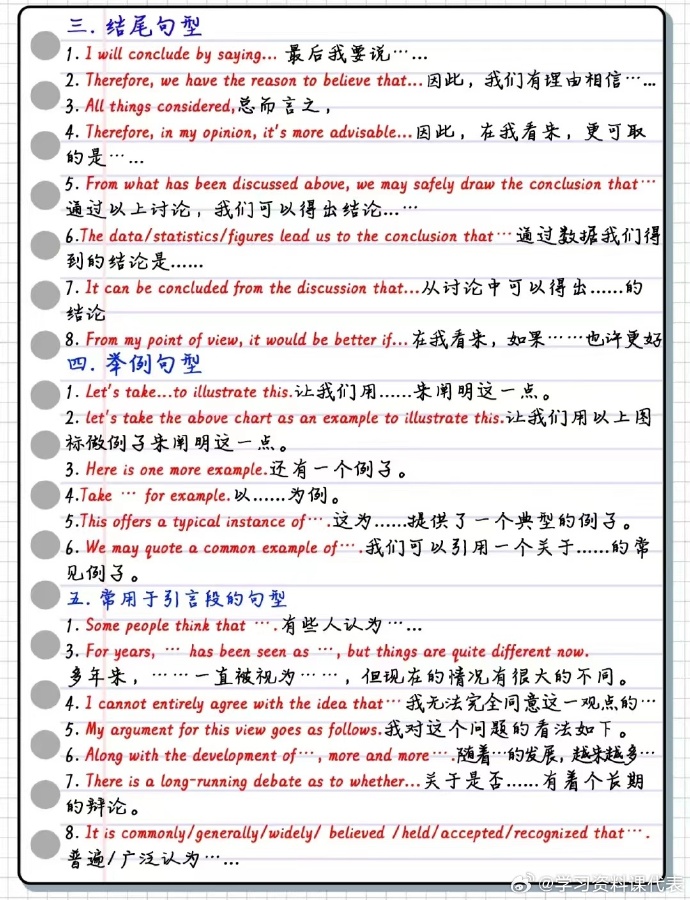
I. The severity of air pollution
The current situation of air pollution is alarming. In many industrial cities around the world, the air is often filled with thick smog, especially during winter months. For example, Beijing, a mega-city in China, has frequently experienced severe haze due to the combined effects of vehicle emissions, industrial pollutants, and coal burning for heating. The visibility can be reduced to less than 100 meters, making it difficult for people to see clearly even at a short distance. This not only affects daily activities but also gives a vivid visual representation of the seriousness of air pollution. Similarly, some developing countries' cities are facing worse air quality problems as they strive for rapid industrialization and urbanization. The lack of proper emission control measures and environmental protection awareness has led to a continuous increase in pollutant concentrations in the air.
I
I. Sources of air pollution
There are multiple sources contributing to air pollution. One major source is the transportation sector. With the booming automotive industry over the past decades, the number of vehicles has skyrocketed. Cars emit a large amount of exhaust gases, including nitrogen oxides, carbon monoxide, and particulate matter. These pollutants are released directly into the atmosphere, especially in congested areas like highways and urban centers during rush hours. For instance, Los Angeles, famous for its traffic jams, has long struggled with high levels of nitrogen dioxide from vehicle emissions, which is harmful to human respiratory systems.
Another significant source is industrial activities. Factories that produce chemicals, steel, and other products release various toxic substances into the air. Some small and medium-sized factories may not have the financial resources or technical capabilities to install advanced pollution control equipment, leading to excessive emissions. For example, in certain industrial regions in India, unregulated textile dyeing and bleaching factories discharge large amounts of volatile organic compounds (VOCs) into the air, which not only contribute to smog formation but also have potential carcinogenic effects.
Household fuel use is also an important factor, particularly in developing countries where biomass fuels like wood and crop residues are widely used for cooking and heating. The incomplete combustion of these fuels produces smoke containing fine particulates and other harmful substances. In rural areas of Africa and Asia, women and children who are often involved in household chores are disproportionately affected by the indoor air pollution from these traditional fuels, suffering from respiratory diseases and eye irritation.
II
I. Harmful effects of air pollution
The impact of air pollution on human health is profound. People exposed to polluted air are at a higher risk of developing respiratory diseases such as asthma, bronchitis, and lung cancer. Children and the elderly are the most vulnerable groups. Children's respiratory systems are still developing, so long-term exposure to polluted air can lead to permanent damage. For example, studies have shown that children living in areas with high air pollution levels have a higher incidence of wheezing and reduced lung function growth. As for the elderly, their bodies have weakened immune defenses and pre-existing health conditions, making them more susceptible to the harmful effects of air pollutants.
Air pollution also takes a toll on ecosystems. It can damage forests by depositing acidic substances on leaves, which inhibit photosynthesis and affect plant growth. Acid rain caused by air pollutants like sulfur dioxide and nitrogen oxides can alter the soil chemistry, harming the microorganisms in the soil and disrupting the entire food chain. Moreover, air pollution over oceans can lead to acidification of seawater, threatening marine life such as coral reefs. Coral reefs provide habitats for numerous marine species, and their decline due to ocean acidification would have far-reaching consequences for marine biodiversity.

In conclusion, air pollution is a complex and severe problem that requires immediate and comprehensive actions. We need to reduce emissions from all sources, including improving vehicle fuel efficiency, upgrading industrial pollution control technologies, and promoting cleaner household energy options. Only by working together can we hope to improve air quality and protect our health as well as the environment for future generations.
未经允许不得转载:» 空气污染的英语作文带翻译

 佰一阅读网
佰一阅读网

